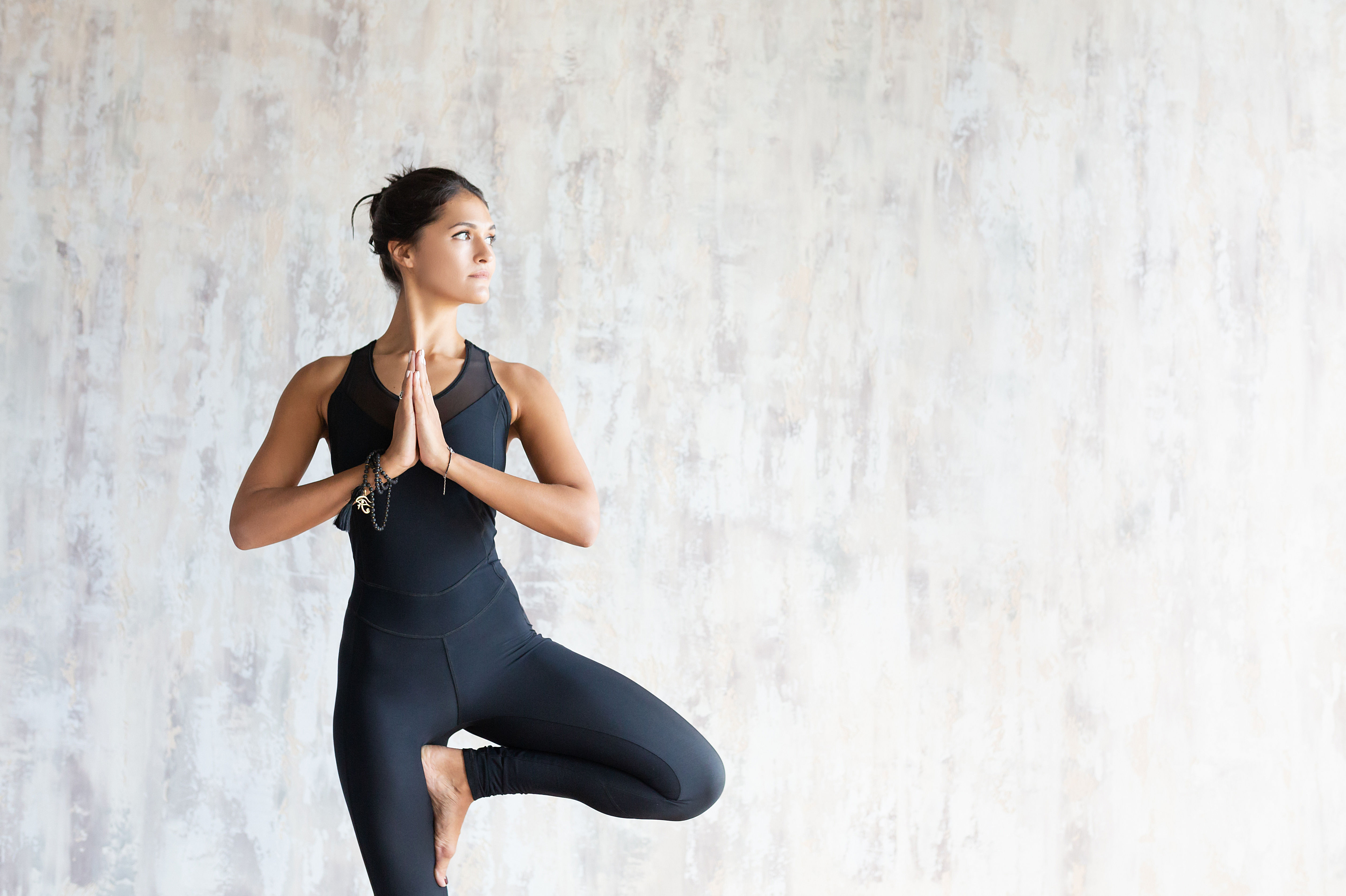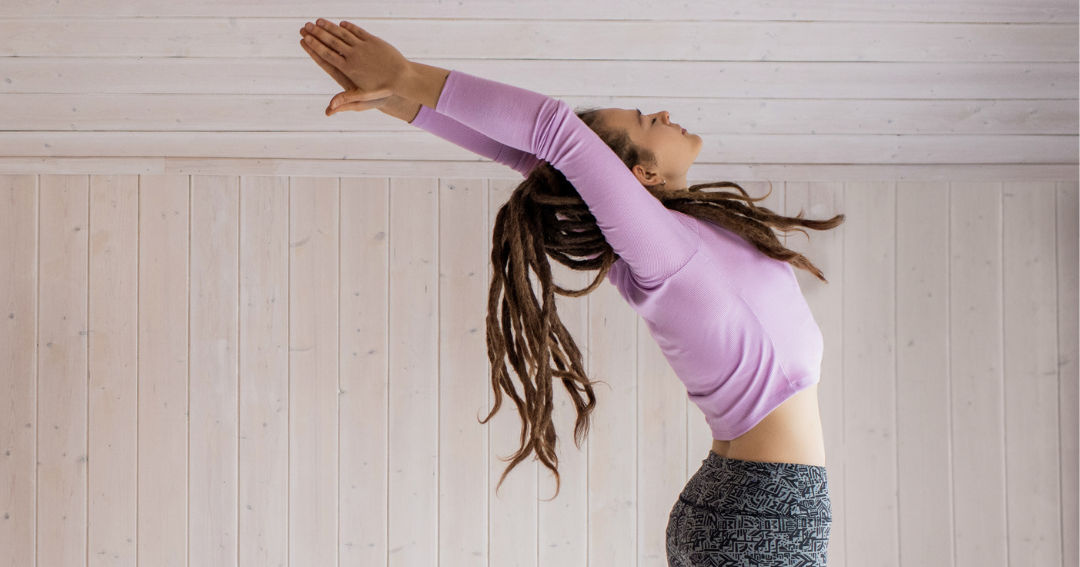Did You Know Your Body Has a Bank Account?
Yes, you heard that right! Your body has a bank account, and its main currency? Quality Movement.
Imagine you have a "Movement Bank Account." When you have a surplus of Quality Movement dollars, you feel light, energetic, and ready to tackle anything. On the other hand, if your account is overdrawn, you feel stiff, sore, tired, and sluggish. So, what does your account balance look like today?
What deposits in Your Movement Bank Account? Good Movement Quality + Rest
What Withdraws from Your Movement Bank Account?
Poor Movement Quality + Poor Posture + Insufficient Rest Between Activities
Let's break this down:
Good Movement Quality includes various forms of exercise within your fitness level—mobility, strength, cardio, and agility. Moving well keeps your account in the black.
Rest is crucial but often forgotten. Without enough rest, even good movement can deplete your account. Rest allows your body to adapt and recover, readying it for the next activity. Without it, your muscles and joints start to break down.
Posture is also key. There are two types to consider:
Dynamic Posture: How you hold your body while moving.
Static Posture: How you hold your body when stationary, like sitting or standing.
We all know what bad posture looks like, but we often find ourselves in it. Poor posture quickly depletes your movement bank account. Even the best static posture can slowly draw funds if held too long because our bodies are meant to move.

A Day in the Life: Movement Bank Balance Sheets
Let's look at two individuals and their movement bank balance sheets for one day.
Sarah, aged 35
8 hours actively moving with her toddler.
1.5 hours sitting in the car for school drop-offs/pickups and errands.
1 hour walking briskly while pushing a stroller.
30 minutes of a moderately intense workout.
1 hour of rest on the couch (if she's lucky).
2.5 hours cooking and doing dishes with relatively static posture.
1.5 hours of evening relaxation on the couch.
8 hours of broken sleep, split between her bed and her toddler's bed.
Total:
16 hours awake 9.5 hours active movement 6.5 hours static postures
Even though Sarah is very active, her movement quality and rest are critical. Poor mechanics during play or bad posture while doing chores can turn her active day into a net withdrawal from her movement bank account.
To improve her balance, Sarah should focus on maintaining good posture during activities and ensuring adequate rest.
**
Jasmine, aged 47
**
2.5 hours commuting by car.
8 hours sitting at a desk with or without mini standing breaks.
1 hour working out at the gym.
1.5 hours standing while preparing meals and cleaning.
3 hours sitting on the couch watching Netflix.
8 hours of sleep.
Total: 16 hours awake 15 hours static postures (13.5 of which are sitting) 1 hour active movement
Jasmine's day is dominated by static postures, making it hard to maintain a positive balance in her movement bank account.
To improve, she can try:
Taking mini standing/stretching breaks every hour. Changing her sitting posture frequently or using a sit-stand desk. Walking during lunch breaks. Laying on the floor or the couch in a different position while watching Netflix.
The Importance of Awareness Being conscious of good movement and posture is challenging, especially when tired. But without this awareness, we risk ending up in the red, constantly struggling with discomfort and lack of mobility.
Can Chiropractic Help?
Absolutely! Chiropractic care supports your spinal health, helping to rebalance your movement bank account. However, it's only one aspect of your healthcare. The ultimate responsibility for maintaining a healthy balance lies with you.
So, invest wisely in your movement bank account. Focus on good posture, quality movement, and adequate rest. Your body will thank you!



